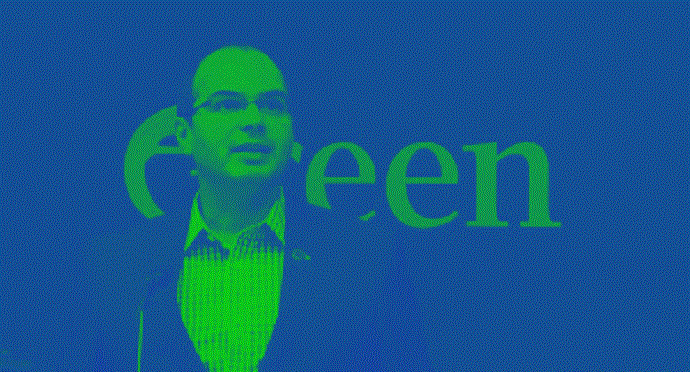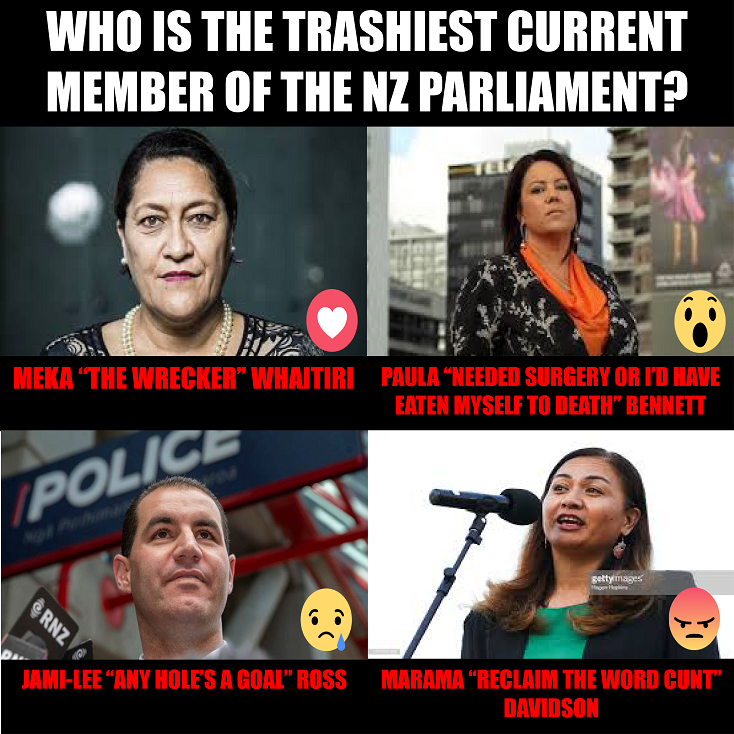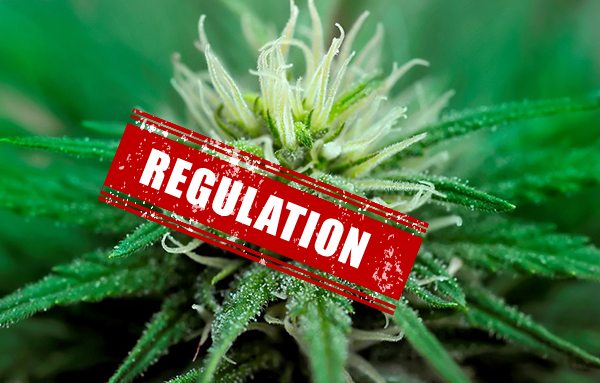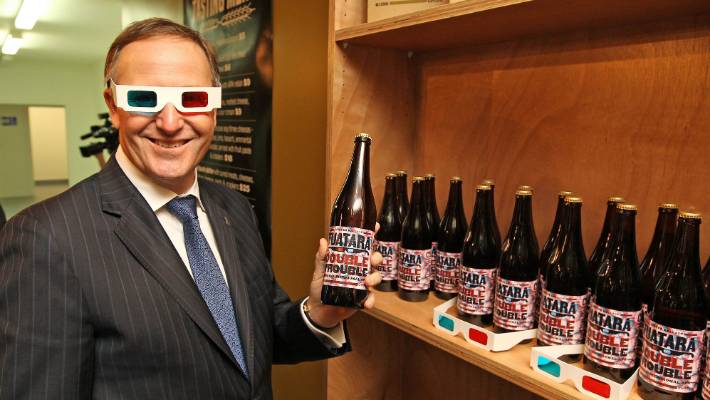Much recent attention has been given to the possibility that a new blue-green party might arise to contest the 2020 General Election. A man named Vernon Tava has been interviewed outlining his vision for the putative movement, which is said to have some support. In this article, demographer Dan McGlashan, author of Understanding New Zealand, explains the electoral ramifications.
First, we need to determine who might vote for such a blue-green party. Secondly, we will speculate on what might happen if a large number of people do.
Crudely speaking, and this is very crude, we can say that New Zealand divides into four groups: the urban poor, who vote Labour, the urban rich, who vote Green, the rural poor, who vote New Zealand First, and the rural rich, who vote National.
The borderline between the Green and the National parties, therefore, is between the city and the country, and the unifying feature of these two parties is that their constituents are wealthy. So any new blue-green party would primarily target people who were doing better than average, regardless of whether they lived in the city or the country. But to distinguish them from the conservatives, they would need either an environmental or a social justice aspect from the green side.
Green and National voters are also characterised by being better educated than average (indeed, this is the basis of their greater wealth). So a green-blue party might target students, especially those who study at suburban universities. What unifies them, in particular, is that they tend to have globalist sympathies, and they tend to oppose the nationalist sentiments that they observe in Labour and New Zealand First.
This column has previously discussed the fact that the National and Green parties could ally on the basis of both being strong supporters of globalism. A new blue-green party might combine the green commitment to environmental causes with the desire to liberalise free trade and the movement of cheap labour (ignore the contradictions in that for a moment). They would then effectively be a neoliberal party.
The most obvious point is that such a party would compete directly with The Opportunities Party. As I showed shortly after the previous election in 2017, the bulk of TOP voters were disaffected Green voters. They were mostly young and well-educated, of either gender and any ethnicity, and were the ones most easily reached by the heavy investment made by TOP in FaceBook advertising. They have also had the most anti-nationalist conditioning.
Green Party voters would also be tempted towards a new party. The reason for this is many Green voters are well-educated, and so they often find themselves becoming wealthy by the end of their 30s, which means that they start to have an interest in protecting that wealth, and thereby paying less taxes. This pulls them towards the National Party, but they tend to be repelled by National’s indifferent attitude to human suffering.
National voters, for their part, will be hard to tempt to any blue-green party. For one thing, National voters are particularly loyal: the correlation between voting National in 2014 and voting National in 2017 was 0.99, an exceptionally strong correlation and higher than the equivalent figure for any other party. The other reason will be the electoral ramifications, as discussed below.
Second, the other major area of interest is the electoral ramifications of such a party if it would form and seriously contest the 2020 General Election.
One obvious point here is that the rise of a blue-green party would make things exceptionally difficult for The Opportunities Party. Although TOP does not describe itself as a blue-green party, they are competing for almost exactly the same demographic as any such new endeavour would also be competing for. Getting 5% of the electorate vote is hard enough as it is, and having two fledgling parties contesting that vote will make things extremely hard for both.
The obvious major point here relates to the overlap with Green Party voters. The Green Party only just made it over the threshold at the 2017 General Election, winning a mere 6.27% of the total votes. This means that they would only have to lose 30,000 or so votes in 2020 to a new blue-green party to run the risk of falling under the 5% threshold and so dropping out of Parliament entirely.
Ironically, game theory suggests that this is one of the most plausible ways for National to win the election. If a blue-green party did win enough of the Green Party vote that both parties failed to make the 5% threshold, the left bloc would lose all those Green party votes as well as some of the blue-green party ones, whereas the right bloc would only lose some of the blue-green party ones. This would leave National and ACT against Labour, competing for New Zealand First support.
Of course, these options are moot if the proposed party does win 5% of the electorate vote. As explained above, this would almost certainly lead to the obliteration of both the Greens and TOP, who are chasing similar voters. Assuming New Zealand First also won 5%, then there could be another head-to-head fight between Labour and National for the loyalty of the centrist parties, who would then in all probability hold the balance of power.
Because getting 5% of the vote is so difficult, and because the competition for the blue-green niche already so fierce, the future chances of Vernon Tava’s movement look extremely slim. They might have a greater impact as a spoiler that helps to wipe out the Green and Opportunities Parties, for the sake of ensuring that National holds the balance of power after 2020.
*
Understanding New Zealand, by Dan McGlashan and published by VJM Publishing, is the comprehensive guide to the demographics and voting patterns of the New Zealand people. It is available on TradeMe (for Kiwis) and on Amazon (for international readers).




